Anglers Booking Team
The expert copywriters at Anglers Booking have meticulously crafted this article. Our dedicated team of writers provides valuable insights and information to enhance your angling experience.
 9 minutes read
9 minutes readCatfish are one of the most popular freshwater game fish in North America. Anglers love them for their size, whiskered faces, and incredible strength. These fish offer a tough fight. Fishing for them is a fun challenge for all experience levels.

Catfish live near the bottom and rely more on smell and taste than sight, so lure scent matters more than appearance. To catch them, keep your lure scented and positioned close to where they feed.
We'll explain how Catfish feed, and you'll find out where they live and how they behave. The primary focus of our guide is on selecting the best lures for this fish. Keep reading, and you'll be ready to catch your next big Catfish.
To succeed at Catfish fishing, you first need to understand the fish itself. Their whiskers, or barbels, act like sensors, helping them to find food even in the darkest waters. While many Catfish are scavengers, some are skilled predators, using their keen sense of smell to track prey from afar.
There are three main types of Catfish that anglers target: Channel Catfish, Blue Catfish, and Flathead Catfish. Channel Cats are common and hit a wide variety of scented lures. Blue Cats grow big and respond well to lures scented with fresh bait. Flatheads are more selective and usually go for lures that are similar to live prey. The sections below will help you understand the various types of Catfish in detail.

Catfish live in freshwater (rivers, lakes, reservoirs, and ponds), often preferring calm or slow-moving waters. That means places where the current is slow or still. You can often find them near structures in the water, including logs, rocks, and deep holes.
Near the bottom, food collects, and the water is dark, so most Catfish eat what they can find on the bottom. That includes dead fish and decaying matter.
Some species, such as the Flathead Catfish, prefer live prey. This is why the choice of Catfish bait depends on the species. Strong-smelling bait is most effective for scavengers, while live bait attracts predators.

Catfish activity changes throughout the year. Knowing how Catfish behave each season helps you choose the best time to catch them.
Understanding how Catfish behave each season helps you catch more fish. You'll know where to look and what lure to use. With the right timing, you'll have more success catching Catfish year-round.

If you want to take advantage of your fishing and catch more Catfish, you need to understand where they like to stay.
As you explore rivers, lakes, and the quiet waters below dams, remember every Catfish has its favorite hiding spot. Throw your line, feel the calm of the water, and enjoy the thrill of the catch.
How to know which lure is the best? Well, there are no simple answers, such as yes or no. That depends on the environment and the Catfish's behavior. Catfish depend strongly on scent and movement, so your lure must appeal to their senses. Below, we are talking about the best lure for Catfish.
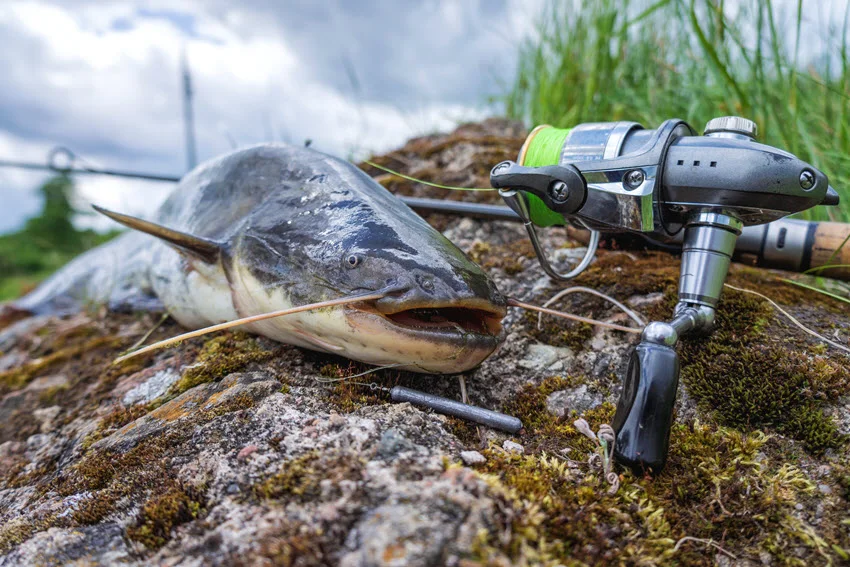
Spinnerbaits create noise and vibration. They mimic minnows and attract Catfish in forage-rich areas like weed beds or drop-offs. These lures are great for trolling over spots full of minnows, helping you cover more water to locate active fish. Keep your retrieve slow. Bright colors work well in murky water. Add a scent attractant to increase the number of strikes.

Weighted jig heads combined with scented soft plastics, like minnow or crawfish imitations, are top Catfish lures. They mimic real prey movements, allowing the lure to get right in front of the fish and reducing the distance the fish needs to strike. Choose strong-scented plastics or dip them in attractant before casting. Slowly bounce them along the bottom near rocks or logs. Use darker colors in muddy water and lighter ones in clear water.

Chunky crankbaits mimic larger prey and attract bigger Catfish. They could be effective after rain or in active conditions. Use them to target aggressive Catfish in fast currents. Look for crankbaits with rattles or wide wobble actions. Use medium to deep-diving models to reach bottom-dwelling fish. Cast past the target area and retrieve slowly to stay in the strike zone for an extended period.
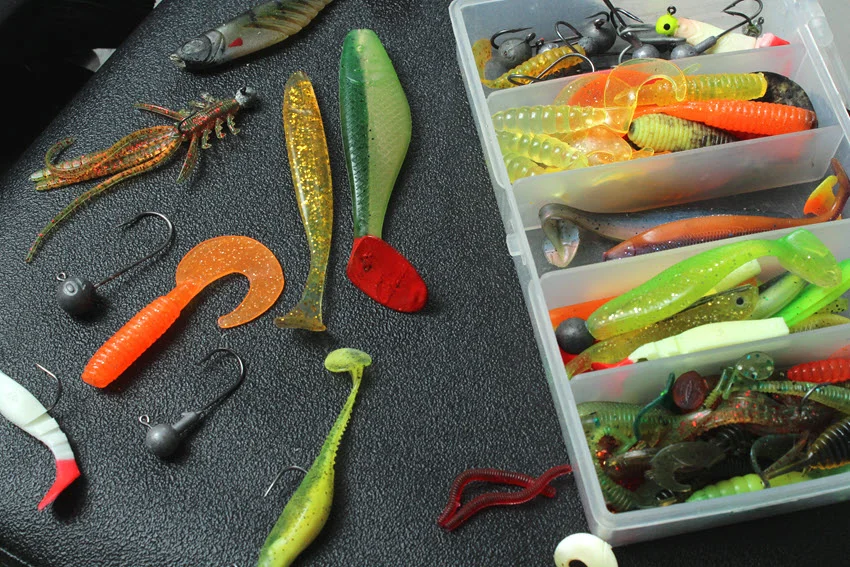
A classic choice for Channel Catfish, dip baits are soft, scented, and easy to rig on treble hooks. They're highly effective in both rivers and lakes, particularly for anglers targeting Catfish in popular US fishing spots. Simply dip the bait in attractant, place it on a treble hook, and let it sit near the bottom or along the structure for maximum strikes.

Perfect for deep holes and tailwaters, jigging spoons are weighted lures that you can vertically jig to attract Catfish that dwell on the bottom. Their flashy, erratic movement draws attention from fish hiding in dark water. Use them slowly, allowing the lure to fall to the bottom before gently lifting it, mimicking the struggling behavior of prey.
For success in fishing, it's a significant advantage to know the effective methods. Below, we discuss the best techniques for catching Catfish regardless of where you are fishing.
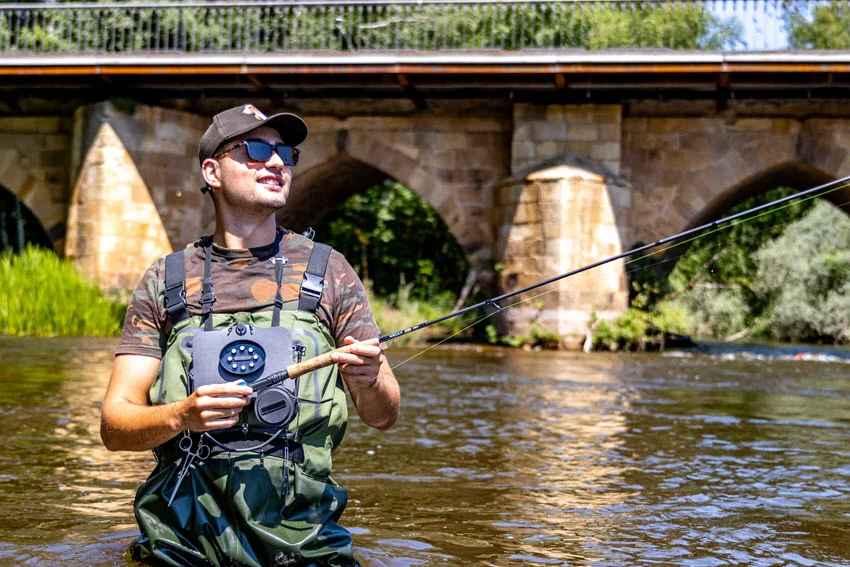
Cast lures close to submerged logs, rocks, or bridge pilings. Retrieve the lure slowly to keep it in the strike zone. Add a scent attractant to your lure for better results. Early morning is a great time to try this method. Late evening is also a productive time to fish.
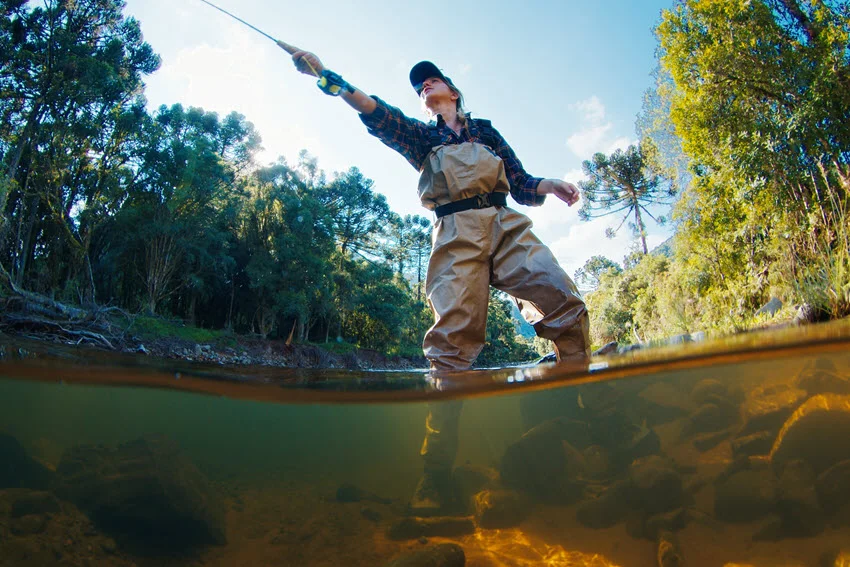
Use jigs with soft plastic trailers and fish them slowly near the bottom. Let the lure touch the bottom, then gently lift your rod tip. Let it fall again to imitate crawfish or injured baitfish. Scented plastics work best. Try this near deep holes or channels where Catfish rest during the day.
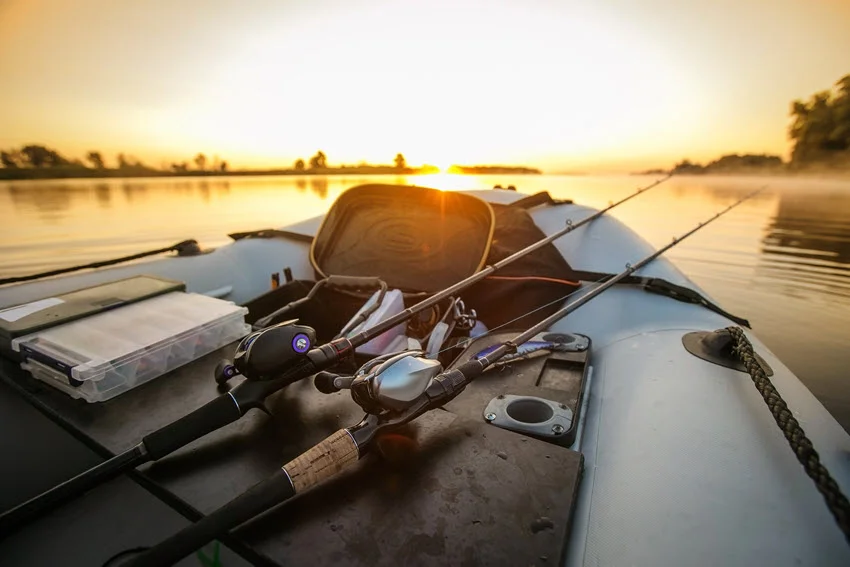
For covering a larger area of water, trolling with crankbaits or heavy spinnerbaits is a solid option for finding active fish. Keep the lure close to the bottom using deep-diving models or weights. Use a steady trolling speed and follow contour lines or drop-offs, which work well in larger rivers and lakes. Crankbaits with rattles or wide wobble actions work well.

Understanding fishing regulations and ethical practices about specific fish species protects fish populations and ecosystems and promotes responsible angling practices.
Anglers Booking team
Catching Catfish can be exciting, but first and foremost, it's essential to always fish responsibly. Regulation rules can vary from location to location, but the goal is the same: to protect Catfish populations and keep the waters healthy for everyone.
For example, Texas's Catfish regulations allow you to keep up to 25 fish per day, with only 10 fish over 20 inches in length. Flathead Catfish usually have a lower limit. A valid freshwater fishing license is required in most cases, except when fishing in state parks, on free fishing days, or in certain private waters.
If you catch a Catfish that's too small or over your limit, be gentle. Don't squeeze or hold it by the gills. If the hook is deep, cut the line near the mouth. Following fishing laws and treating Catfish with care helps protect the species.
Catfish fishing is fun and easy. These fish are strong and can grow to be very large. To catch them with lures, use ones that smell good and mimic the movement of real food.
Soft plastics, spinnerbaits, and scented lures are all effective options for fishing. Fish near the bottom in rivers, lakes, or muddy ponds. The best time is early morning, especially when the weather is warm. With the effective lure, you can catch your next big trophy!
Now it's your turn! What's the biggest Catfish you've ever caught, and which lures worked best for you? We'd love to hear from you!

The expert copywriters at Anglers Booking have meticulously crafted this article. Our dedicated team of writers provides valuable insights and information to enhance your angling experience.
Embark on unforgettable fishing adventures with us at Anglers Booking.
book your charterOctober 17, 2025
October 15, 2025
October 10, 2025
October 11, 2025
October 4, 2025
September 29, 2025
September 25, 2025
September 21, 2025

You're now part of our exclusive community. Get ready for premium content and updates straight to your inbox.
close
Subscribe to our newsletter and receive a selection of cool articles every week.
Please enter a valid email address.

Be the first to know when we're back in action.
Please enter a valid email address.
Leave a Comment
Your email address will not be published. Required fields are marked *
Thank you for your comment! It has been submitted for review and will appear on the site shortly.